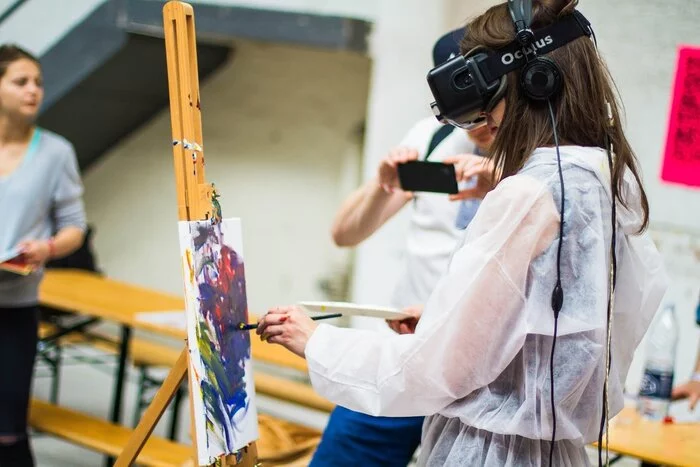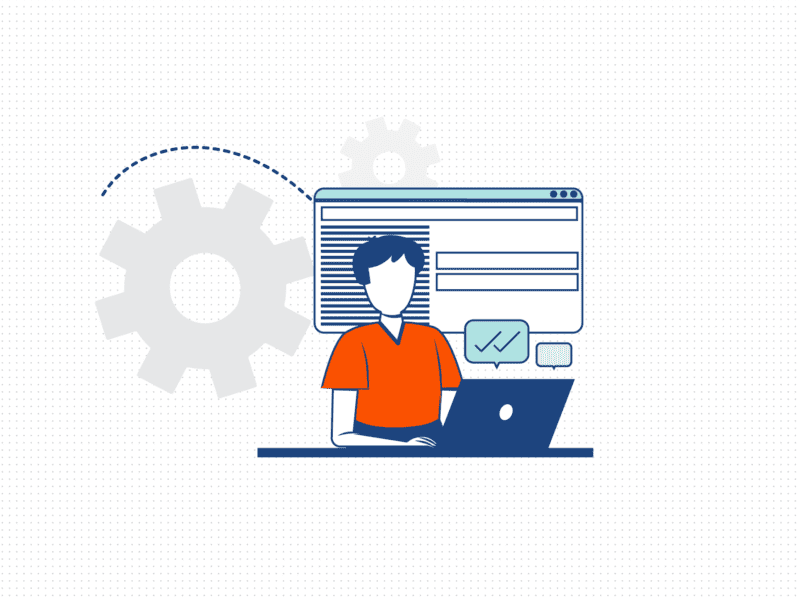
Debating the nuances of EdTech is, as ever, a hot topic among researchers and teachers’ communities; and as in almost every high-stakes debate, the views are polarised or still undecided. Therefore, the nature of the impact of technology in the classroom is something that is continuing to be subjected to analysis and design. We believe that radical benefits of education – that would fit the complex needs of lifelong learners of the future – require some bold thinking and new problem solving tools. Such practice is made possible only by smart utilisation of emerging technologies, such as our own Inspera Assessment.
In this article, we share with you some arguments in favour of digital assessment in the 21st century classroom. These benefits were voiced by our partner educational institutions, who have been transforming their classrooms to welcome the innovations whenever appropriate, resulting in ever higher digitisation rates. The future is now, and here are four reasons why we love it.
Preparing students for the realities of the workplace
When preparing for exams and taking notes from the lectures, students today are more likely to use computers than traditional stationary. Technology is what the youth is used to in their free time, and that influences the process of studying as well. Creating an artificial barrier to those tools, just for the occasion of an exam, can therefore be stressful.
We also have to think about what happens after one gets a diploma. When the students leave the educational institutions to apply their knowledge in the workplace, it is again more common to use computers than pen and paper. In order to better prepare students for that transition, it is only natural to make the assessment digital as well. That way, alignment is achieved between teaching and learning, exams, and the workplace.
Liberating resources and optimising workflows
Not only learners benefit from on-screen exams; the impact is strongly felt by teachers too. Time spent on marking papers can be significantly reduced by auto-marking features, readability of submissions, and access to all materials in one place, even remotely. Indeed, the authoring of exams can be more timely than before, but that moderate investment is more than compensated with the cost-effectiveness of the process, not to mention the new reflections that could be made on the course using learning analytics insights.
Administrators profit as well, by not having to spend nearly as much time on coordination, archiving, reporting, and complicated procedures involved in circulating the papers. No more fear of papers getting lost in submission or when being transported from place to place; every single paper is accounted for and at immediate disposal of staff, wherever they are.
Fair assessment means security and accessibility are guaranteed
Preventing cheating, intentional or unintentional, is key for establishing fair assessment. Checking for plagiarism in submissions delivered on paper is very time-consuming and unreliable, and that is one issue that e-assessment easily solves. New technology poses new challenges, and security has therefore been one of our main concerns when building our platform.
For the assessment to be truly fair, it needs to provide equal opportunities for all learners and promote inclusion – peers taking exams side by side, regardless of their special needs. Technology is a powerful ally in reaching that goal, and you can read more here about our design thinking approach to accessibility.
Enabling creativity in teaching and learning methods
Finally, new technology also means new opportunities in the practice of teaching and learning. Teachers are enabled to design new question types and scenarios, personalise the assessment against student profiles, communicate with the students regardless of their location or accessibility needs. Best practice paradigms, such as flipped classroom, are becoming a standard.
A subtle side-effect of the newly-gained freedom, which the well-implemented emerging technologies enable, is that everyone involved feels more creative. The experimentation with the ways of working fuels up motivation in staff, and in result, in students. Exciting times!
Learn more?
Do you want to learn more about how to conduct online exams and assessments, and how Inspera Assessment can make your assessments accessible, secure, valid and reliable? No worries, we wrote a Guide to Online Exams and Assessments.



